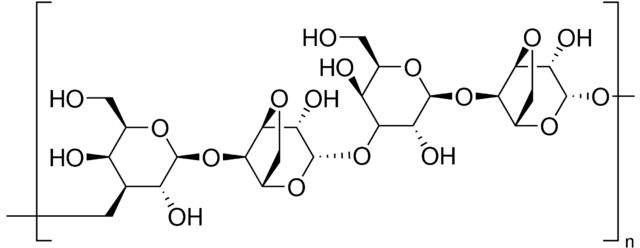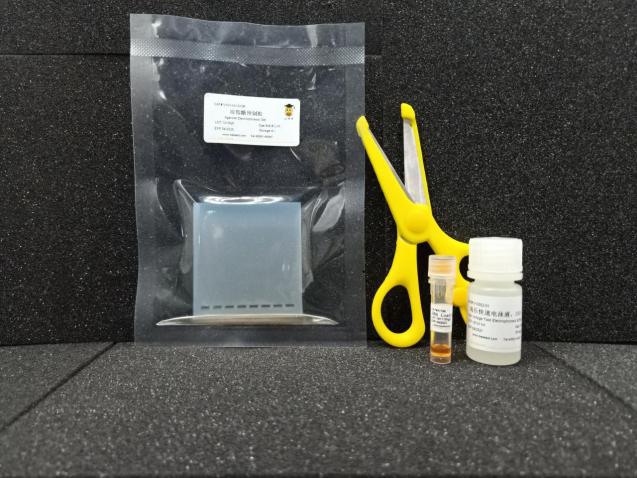Experimental principle of agarose gel electrophoresis
Release time:
2020-06-29
Agarose prefabricated gels are essentially similar to ordinary agarose gels, except that a large number of gels are prepared in advance and pre-stained with nucleic acid dyes in advance, eliminating the need for gel preparation time and nucleic acid electrophoresis. To purchase and use nucleic acid dyes, this article introduces the basic principles of agarose gel electrophoresis.
What is agarose?
Agarose, abbreviated as AG, is a neutral component with no charge in agar, also translated as agarin or agarose, is a linear polymer, the basic structure is 1,3-linked β-D- A long chain of galactose and 1,4 linked 3,6-lactone-L-galactose alternately connected. It is generally heated in water to dissolve above 90℃, and when the temperature drops to 35-40℃, it forms a good semi-solid gel. Agar is derived from the polysaccharides of red algae and consists of agarose and agar pectin, which is a heterogeneous mixture of many smaller molecules. Their structure is similar, but with sulfate and carboxyl components, the gel ability is poor.
Remove the agar pectin from the agar, the rest is agarose, its gel effect is very good, widely used in food, medicine, chemical industry, national defense and other fields, widely used in protein, nucleic acid DNA/RNA in biochemical experiments Electrophoresis experiment.

The principle of agarose used as molecular sieve and electrophoresis support medium:
After forming a gel, agarose has a solid network structure, and the substance molecules will encounter resistance when passing through. The larger the molecule, the greater the resistance during electrophoresis. Therefore, the mobility of charged particles (protein, nucleic acid DNA, or RNA) is not only related to the nature of charge Relevant, particle molecular size is related, this greatly improves the resolution of agarose electrophoresis, especially for nucleic acid research.
Proteins and nucleic acids have different charges at different pHs. In the same electric field, the running speed is different and the mobility is different. Therefore, different proteins or nucleic acids can be separated after electrophoresis. The pH of the electrophoresis buffer is between 6~9, the ionic strength is 0.02~0.05, and the concentration of agarose is 1%-2%. The resolution of agarose gel is about 100 bp DNA fragments, which is slightly lower than polyacrylamide gel, but its separation range is wide, and it can separate 0.2-20 kb DNA fragments. With pulse electrophoresis, it can separate up to 10 million bp. DNA fragments.
Agarose gel, electrophoresis fluid and loading buffer
Nucleic acid DNA molecules use the charge effect and molecular sieve effect during agarose gel electrophoresis. In a pH solution above the isoelectric point, the DNA is negatively charged and moves toward the positive electrode. In the agarose skeleton, the same amount of double-stranded DNA almost has For the same amount of net charge, the migration rate is the same.
Generally, the voltage used for agarose gel electrophoresis is 200V or even 150V, and the electrophoresis time is more than 30 minutes or even longer. Desheng's agarose pregel with high-pressure fast electrophoresis solution can not only run at low voltage, but also use 450V high-pressure fast electrophoresis. The electrophoresis time is only 5-10 minutes, which greatly improves the electrophoresis efficiency, saves time, effort and money.
Contact details
Contact number
Address: C8, Guanggu United Science and Technology City, Ezhou City, Hubei Province
Fax:0711-3704 589
Follow us




